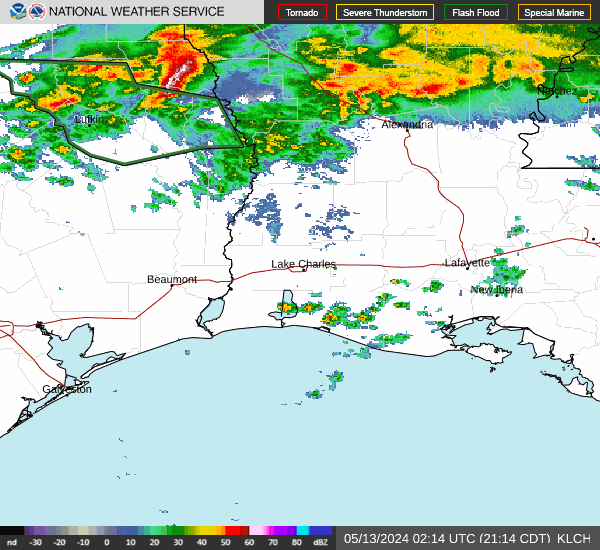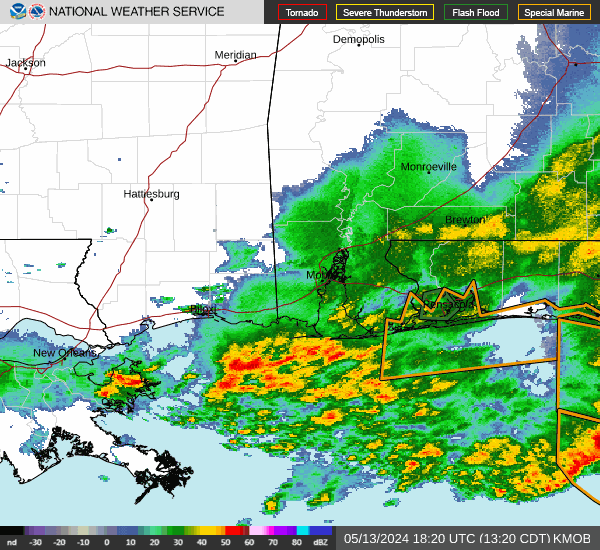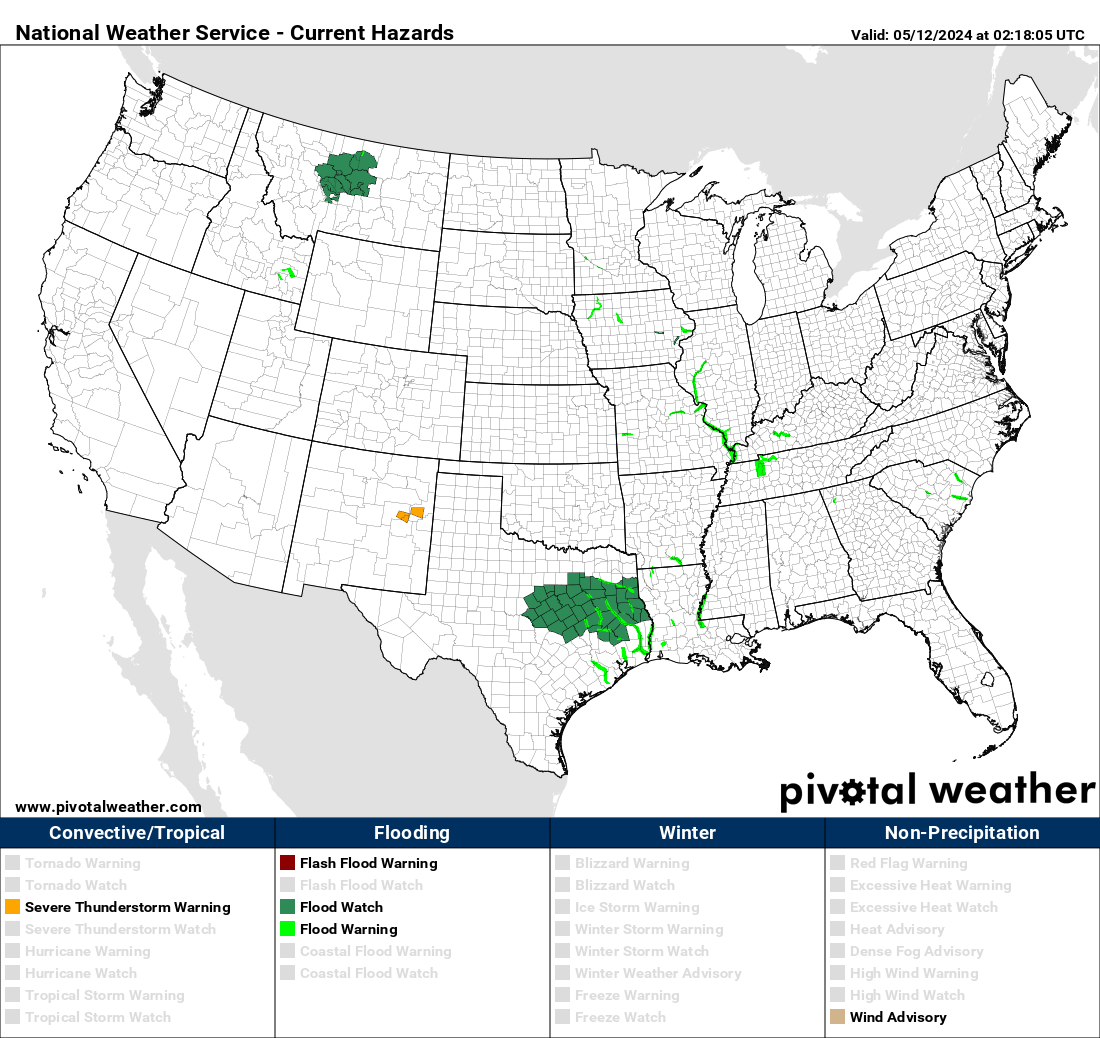FAA 'Looking Into' Arkansas Tornado Drone Journalism
Apr 30, 2014 15:59:32 GMT -6
tgrgrd00 likes this
Post by Briella - Houma on Apr 30, 2014 15:59:32 GMT -6
link
Storm chaser and videographer Brian Emfinger used a drone to document the aftermath of a tornado that ripped through Arkansas. That video prompted speculation as to whether the FAA was going to investigate or even fine Emfinger for using the drone. Today, the Arkansas Democrat-Gazette is reporting that the FAA is investigating the use of drones to gather aerial footage in Arkansas. FAA investigations and enforcement actions against drone journalists raise serious First Amendment questions about the agency’s ability to infringe upon press freedom in the absence of formal rules.
According to the article:
The Federal Aviation Administration currently prohibits the commercial use of the devices, including for reporting, according to the agency’s website. But some photographers who fly small drones say a recent court case voids the federal regulators’ authority over unmanned aircraft.
Asked Monday about KATV’s use of a drone for its coverage of the tornado, FAA spokesman Lynn Lunsford said, “We are looking into it.”
A drone journalist captured footage of the destruction wrought by recent storms in Arkansas. His news gathering raises questions about the propriety of the FAA’s expansive claims of authority to regulate such activity absent formal rules.
The article goes on to note that Emfinger is not the only journalist covering the tornado’s damage using a drone, and this isn’t the first time Arkansas news stations have used the devices.
Emfinger’s white drone,which can carry a small video camera, is about a foot and a half wide with propellers that are about 8 inches long, he said. It has been used by KATV before to cover a fire at the Majestic Hotel in Hot Springs earlier this year, said Nick Gentry, news director for the television station.
“Brian went out to use it last night because we knew we needed some pictures to show the damage,” Gentry said. “It gave great perspective of how bad the damage was in Mayflower.” Other Arkansas television stations are also using unmanned aircraft to cover the aftermath of the tornado. Tim Trieschmann, owner of The Shot Above, a company that specializes in aerial photography in Little Rock, also used a drone to provide aerial footage for KLRT, Channel 16, on Monday.
Matt Waite, the director of the Drone Journalism Lab for the College of Journalism and Mass Communications at the University of Nebraska-Lincoln is quoted in the article. I mentioned Waite’s school in my prior post, a few months ago the Drone Journalism Lab received a cease and desist letter from the FAA, forcing them to teach their drone journalism class indoors.
Waite helpfully explains “We don’t have really clear rules of the road right now for the use of drones for journalists or anyone, really,” Waite said. “There are a tremendous number of questions that are floating around out there that have significant ramifications of how journalists will use these, that we do not have solid answers for.”
Matt Waite, director of the Drone Journalism Lab at University of Nebraska-Lincoln has noted how the lack of FAA rules has created uncertainty for journalists.
If the FAA chooses to pursue an enforcement action against Emfinger or other journalists, those journalists may face up to a $10,000 fine. Pursuing journalists will likely raise immediate First Amendment challenges, and may be a losing strategy for the agency as many news organizations, lawyers (myself included), and other drone enthusiasts would be united in opposition to the agency’s efforts to enforce non-existent rules.
In February of this year, Pedro Rivera, a photographer and drone journalist in Connecticut, filed a Federal lawsuit directed against a police department, rather than the FAA. In that suit he alleged that his First Amendment right to monitor police was infringed when police ordered him to cease videotaping their activity.
As drone technology continues to spread into the hands of more journalists we can expect to see more questions raised about how far the FAA’s authority extends, and what happens when that claimed authority intersects with First Amendment rights.
Storm chaser and videographer Brian Emfinger used a drone to document the aftermath of a tornado that ripped through Arkansas. That video prompted speculation as to whether the FAA was going to investigate or even fine Emfinger for using the drone. Today, the Arkansas Democrat-Gazette is reporting that the FAA is investigating the use of drones to gather aerial footage in Arkansas. FAA investigations and enforcement actions against drone journalists raise serious First Amendment questions about the agency’s ability to infringe upon press freedom in the absence of formal rules.
According to the article:
The Federal Aviation Administration currently prohibits the commercial use of the devices, including for reporting, according to the agency’s website. But some photographers who fly small drones say a recent court case voids the federal regulators’ authority over unmanned aircraft.
Asked Monday about KATV’s use of a drone for its coverage of the tornado, FAA spokesman Lynn Lunsford said, “We are looking into it.”
A drone journalist captured footage of the destruction wrought by recent storms in Arkansas. His news gathering raises questions about the propriety of the FAA’s expansive claims of authority to regulate such activity absent formal rules.
The article goes on to note that Emfinger is not the only journalist covering the tornado’s damage using a drone, and this isn’t the first time Arkansas news stations have used the devices.
Emfinger’s white drone,which can carry a small video camera, is about a foot and a half wide with propellers that are about 8 inches long, he said. It has been used by KATV before to cover a fire at the Majestic Hotel in Hot Springs earlier this year, said Nick Gentry, news director for the television station.
“Brian went out to use it last night because we knew we needed some pictures to show the damage,” Gentry said. “It gave great perspective of how bad the damage was in Mayflower.” Other Arkansas television stations are also using unmanned aircraft to cover the aftermath of the tornado. Tim Trieschmann, owner of The Shot Above, a company that specializes in aerial photography in Little Rock, also used a drone to provide aerial footage for KLRT, Channel 16, on Monday.
Matt Waite, the director of the Drone Journalism Lab for the College of Journalism and Mass Communications at the University of Nebraska-Lincoln is quoted in the article. I mentioned Waite’s school in my prior post, a few months ago the Drone Journalism Lab received a cease and desist letter from the FAA, forcing them to teach their drone journalism class indoors.
Waite helpfully explains “We don’t have really clear rules of the road right now for the use of drones for journalists or anyone, really,” Waite said. “There are a tremendous number of questions that are floating around out there that have significant ramifications of how journalists will use these, that we do not have solid answers for.”
Matt Waite, director of the Drone Journalism Lab at University of Nebraska-Lincoln has noted how the lack of FAA rules has created uncertainty for journalists.
If the FAA chooses to pursue an enforcement action against Emfinger or other journalists, those journalists may face up to a $10,000 fine. Pursuing journalists will likely raise immediate First Amendment challenges, and may be a losing strategy for the agency as many news organizations, lawyers (myself included), and other drone enthusiasts would be united in opposition to the agency’s efforts to enforce non-existent rules.
In February of this year, Pedro Rivera, a photographer and drone journalist in Connecticut, filed a Federal lawsuit directed against a police department, rather than the FAA. In that suit he alleged that his First Amendment right to monitor police was infringed when police ordered him to cease videotaping their activity.
As drone technology continues to spread into the hands of more journalists we can expect to see more questions raised about how far the FAA’s authority extends, and what happens when that claimed authority intersects with First Amendment rights.











